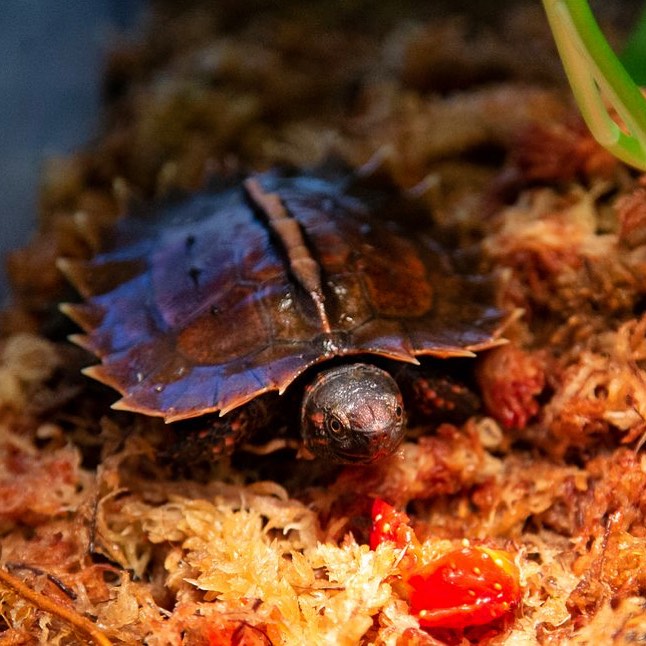- Introduction to the Spiny Hill Turtle as an Endangered Species
- The significance of captive breeding programs for wildlife conservation
- The hatching and incubation process for Spiny Hill Turtles at conservation centers
- Threats to the Spiny Hill Turtle in its natural habitat
- Actions to protect and conserve the Spiny Hill Turtle population
The Spiny Hill Turtle, scientifically known as Heosemys spinosa, is an endangered species native to the forested hills of Southeast Asia. Characterized by its unique conical spikes on the shell, this turtle is a marvel of evolution and a species in critical need of conservation efforts. As habitat loss, poaching, and the illegal wildlife trade escalate, the existence of this turtle hangs in a precarious balance.
Welcoming a Spiny Hill Turtle hatchling at a conservation center is always a momentous occasion. It symbolizes the fruit of intensive efforts to safeguard a species teetering on the brink of extinction. Conservation centers globally strive to create optimal conditions for the survival of these turtles, often starting from the very delicate process of egg incubation.
Incubating a Spiny Hill Turtle egg is a delicate affair, requiring four months of careful monitoring. Temperature and humidity conditions must be precisely controlled to mimic the natural environment from which these eggs would have evolved. A slight deviation can mean the difference between life and death for the developing turtle. The art and science of incubation are thus critical, ensuring that each hatchling has the best possible start in life.
The threats to the Spiny Hill Turtle in the wild are numerous and largely human-induced. Habitat destruction due to deforestation for agriculture and urban development ranks at the top, followed closely by poaching. These turtles are hunted for their meat and shells, highly valued in traditional medicine and as ornaments. Moreover, the illegal pet trade contributes to the rapidly declining numbers, as collectors worldwide seek to add this species to their assortments, often unaware of the dire consequences on wild populations.
Protecting the Spiny Hill Turtle necessitates a multifaceted approach. In situ conservation measures, such as establishing protected areas within their natural habitats, are essential to provide a haven from poaching and habitat loss. Community engagement and education significantly alter local perceptions and transform potential poachers into protectors. On the other hand, ex-situ conservation efforts, such as those observed in conservation centers, bolster the population by breeding individuals in captivity and, where possible, reintroducing them into the wild.
In essence, the hatching of a Spiny Hill Turtle at our center is a beacon of hope. This small, spiny-shelled creature—emerging cautiously into a world that has not always been kind to its kind—represents a victory against overwhelming odds. It reaffirms the belief that the tide can turn for the endangered Spiny Hill Turtle through science, dedication, and global cooperation. As conservationists, we are tasked with protecting this single turtle and the continuous fight for the survival of the entire species.
Through such articles, awareness and appreciation for the Spiny Hill Turtle can be amplified. This educational endeavor assists in highlight their plight and the importance of conservation work undertaken worldwide. Our collective responsibility is to strive for a future where the Spiny Hill Turtle thrives within the safeguarded confines of conservation centers and in the wild, where it rightfully belongs.
*****
Source Description
Another one of our adorable new residents from last year, this Spiny Hill Turtle hatched at our center represents a unique & beautiful endangered species of Asian turtle that needs our help. We carefully incubated the egg for four months until this little one emerged into the world. Welcoming hatchlings like this represents renewed hope for the future of endangered species!


